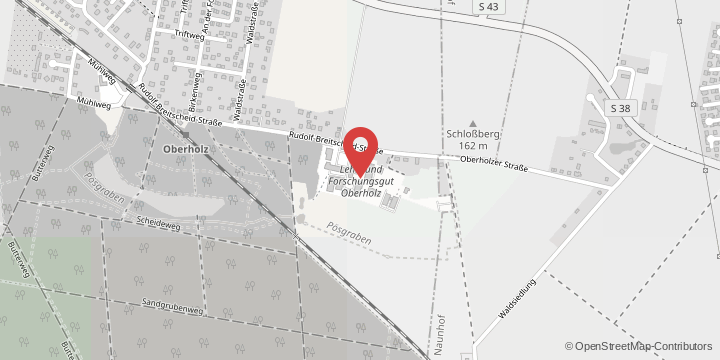She points out that until now there has been no way of synthesising this structural class in a consistent way. With their simple, inexpensive and nature-based synthesis, the Leipzig researchers have for the first time made the substance class of cis-tetrahydrocannabinoids accessible for a broad range of applications. The researcher notes that because previous methods required many steps and large amounts of chemicals and solvents, their approach is clearly superior. The substance can be synthesised with high overall yields and excellent optical purities using the new method.
Tetrahydrocannabinol is one of the phytocannabinoids produced in the cannabis plant. These compounds accumulate mainly in the inflorescences of the female plants. It has been known since the 1960s that this also produces the characteristic psychotropic effect in the body. Research into this natural substance led to the elucidation of the underlying mechanism of its action – the endocannabinoid system. This is the term used to describe the signalling pathway in the body that is affected by tetrahydrocannabinol and causes the characteristic effects of smoking marijuana, for example.
“Manipulating this pathway is of pharmaceutical relevance. Cannabinoids can have a variety of effects in the body, for example functioning as painkillers, antipsychotics or anti-epileptics. However, only a few cannabinoids are currently available on the pharmaceutical market. The prescription of natural cannabis products is occasionally viewed as an exception,” says Dorsch. The possession, cultivation and distribution of narcotic cannabis products is prohibited in Germany under the Narcotics Act (BtMG). Samples containing trans-configured cannabinoids are classified as narcotic. Recent studies have shown that cis-THC accumulates mainly in parts of the cannabis plant where the related trans-compounds are absent. This has so far led to the classification of such samples as textile or non-narcotic hemp. However, cis-THC does have a mild psychotropic effect.
THC is a chiral compound. Chirality describes a spatial arrangement of atoms in a molecule which cannot be superimposed on its mirror image. The image and mirror image of such compounds are called enantiomers and often have different effects in the human body. While nature can easily control the targeted synthesis of these compounds, this is a major challenge under laboratory conditions – which this work successfully overcomes. The newly developed process also requires very small amounts of catalyst, which is highly attractive from an environmental perspective in terms of saving energy and resources and minimising by-products.
cis-THC has received less research attention than the more potent trans-THC. Nevertheless, other natural substances not derived from cannabis also share a basic structure with cis-THC. These are valuable compounds with promising pharmacological profiles that have yet to be fully explored. The new strategy now presented has laid an important foundation for the more detailed investigation of this family of substances. In addition to cis-THC, a number of other natural and non-natural representatives of this structural class have been produced using this method.
Original title of the publication in Angewandte Chemie:
“Brønsted Acid Catalyzed Asymmetric Synthesis of cis-Tetrahydrocannabinoids”, doi.org/10.1002/ange.202302475.






























































